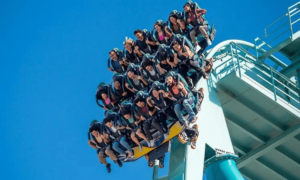Three recent deaths at one Florida theme park have reignited discussions about the ethics of keeping animals in captivity.
When it comes to theme park controversies, they don’t get much more intense than Blackfish (2013). The documentary’s release exposed the reality of life for the theme park chain’s captive orcas – particularly Tilikum, a whale involved in three fatal attacks on humans during his lifetime, including that of SeaWorld Orlando trainer Dawn Brancheau.

The film presented a compelling case against SeaWorld, highlighting how practices like confining orcas to cramped tanks and separating pods could fuel aggressive behavior. This striking portrayal ignited public outrage, sparking widespread protests and powerful calls for boycotts that reshaped the company’s image.
Over the past decade, Blackfish’s impact has reverberated through SeaWorld’s business, marked by notable declines in attendance and revenue across its three U.S. parks. Celebrities and activists alike amplified the demand for change, leading to intensified scrutiny of captive marine life ethics and conditions as the public’s perception of marine entertainment transformed.
This has extended well beyond SeaWorld. Fellow Florida theme park Miami Seaquarium has faced similar backlash recently. After years of troubling USDA reports – including those in which a dolphin was described as having a nail in its throat while multiple animals lived in bacteria-ridden waters – plus a string of missed rent payments, Miami-Dade County filed to evict the park earlier this year.
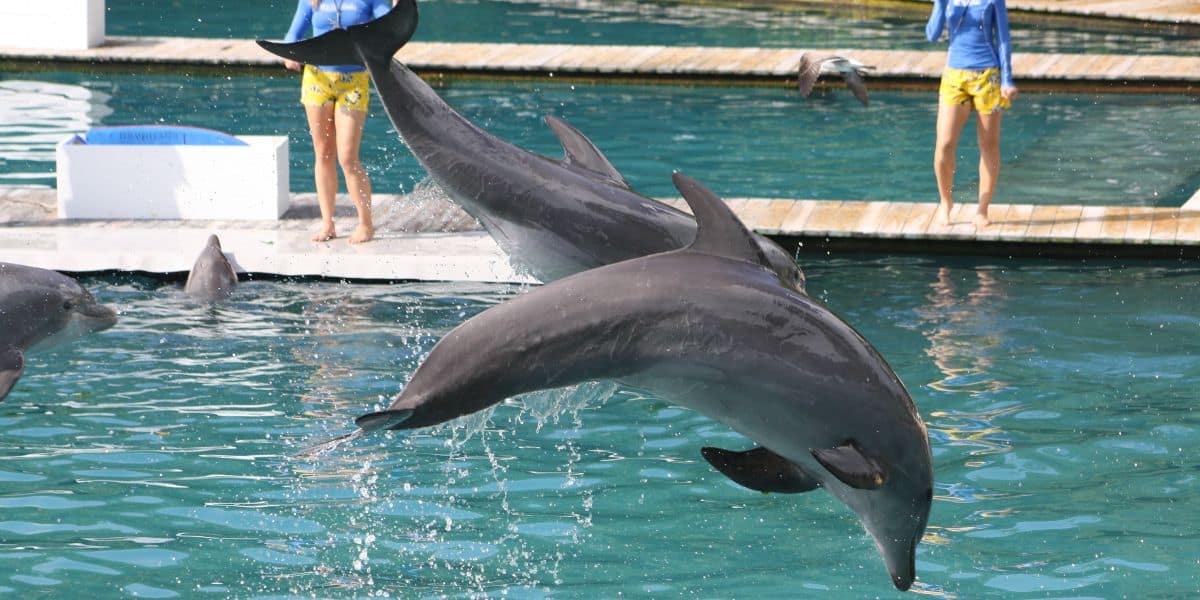
For now, that legal battle is still ongoing. However, the Biscayne Bay theme park’s operator is now battling another controversy, with another of its Florida properties making headlines for all the wrong reasons this week.
Dolphin Deaths at Gulf World Marine Park
Gulf World Marine Park in Panama City Beach has confirmed the loss of three bottlenose dolphins, with the park awaiting necropsy results to determine the causes of death.
The deaths of all three dolphins – 15-year-old Turk, 14-year-old Gus, and 20-year-old Nate – have prompted serious concern. Bottlenose dolphins, like these three, typically have a lifespan that extends beyond 40 years, making their deaths relatively premature. The park, which has faced past federal inspections highlighting problematic conditions, now finds itself under further scrutiny as experts question whether it can adequately provide for its marine inhabitants.
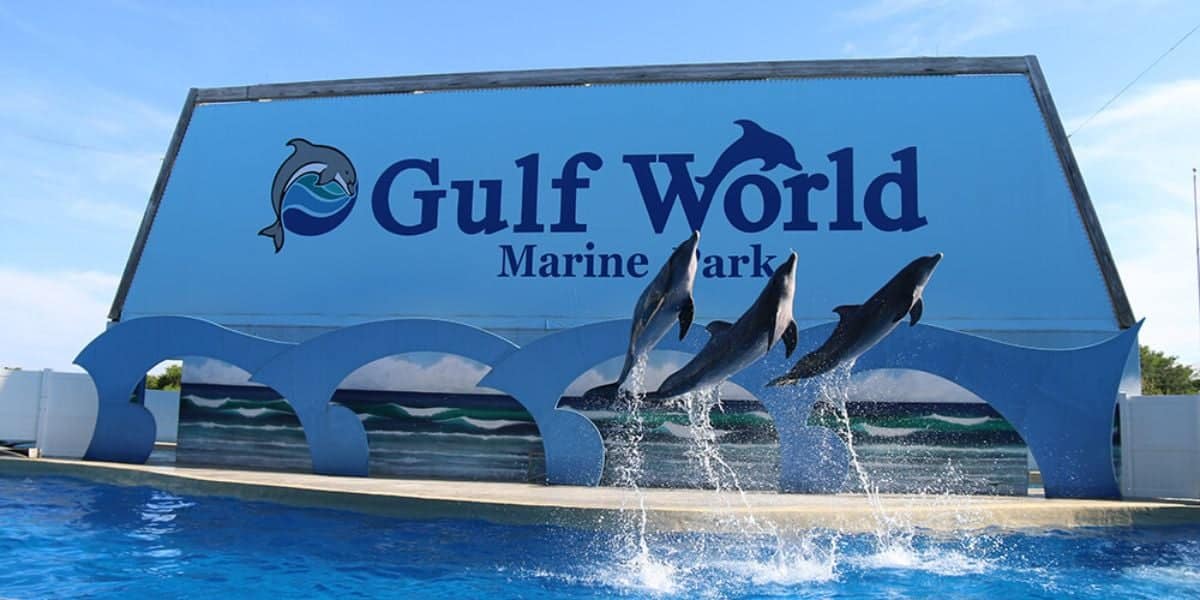
“The deaths of dolphins in rapid succession is deeply troubling,” said former SeaWorld Orlando trainer Valerie Greene, who also noted that former staff members have reached out to her to share their worries that the park, which was purchased by The Dolphin Company in 2015, “has devolved into a roadside attraction.”
“It was built in 1969 and it shows,” Greene told Panama City News Herald. “The animal tanks are no bigger than hotel swimming pools, and they’re falling apart.”
Recent Inspection Findings
Recent reports from the U.S. Department of Agriculture (USDA) shed light on various troubling findings at Gulf World Marine Park. These inspections detailed significant issues related to structural disrepair, noting evidence of crumbling concrete, rust, and inadequate shading over dolphin pools, which are critical for maintaining a healthy environment for the animals.
A July report revealed troubling neglect at the main sea lion stadium, where the show pool and holding areas had fallen into disrepair. Rust leaked into the water, chipped paint clung to peeling walls, and the concrete stage where dolphins “slid out” for performances was marred by cracks and broken sections. The inspector warned that these sharp surfaces posed a risk of skin abrasions to the dolphins, exposing a hazardous environment that raised serious concerns about animal welfare.
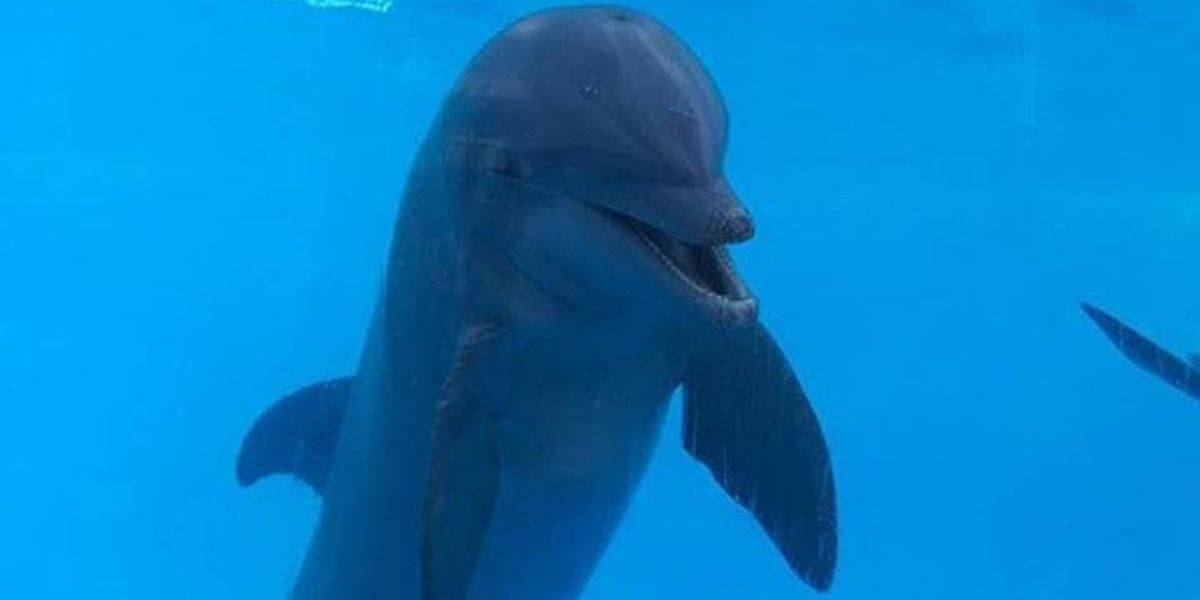
The same report also highlighted an alarming oversight: multiple dolphin pools and the main show stage lacked any form of shade, leaving dolphins exposed to relentless sunlight as they waited for food. The report noted that several dolphins, including Gus, Turk, and Nate, were on daily eye medication, likely due to this unprotected sun exposure. The lack of shade appeared to contribute directly to their eye conditions, spotlighting a critical need for basic protection in their environment.
Back in October 2023, another report said that the two pools containing Gulf World Marine Park’s dolphins had multiple patches of exposed and cracked concrete in and around the pool. According to animal care staff, there was an incident in which concrete was found in a dolphin’s mouth but was fortunately removed before it could be ingested.
Earlier that same year, the sea lion stadium and gift shop area were closed at the Florida theme park by a building inspector after being declared a “life-safety” concern. This October, over 18 months later, it was reported that little had been done to improve the situation.
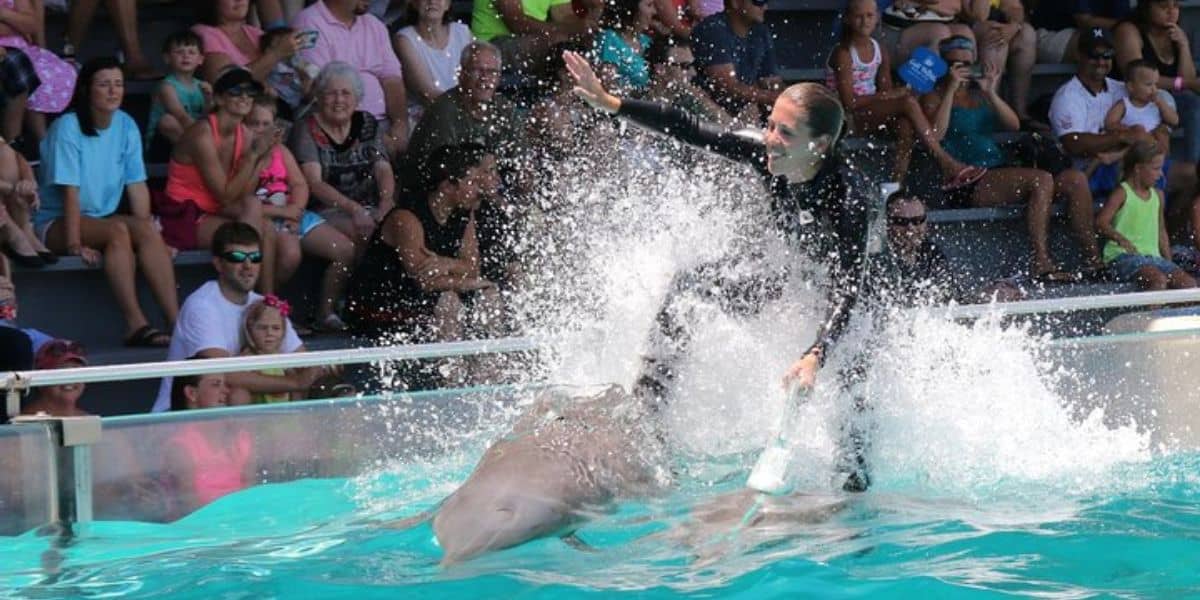
“I stopped by the park this year twice and found the shoring to be in a deteriorating state due to absorbing water in the plywood sheeting and some of the bottom lumber sitting in water,” Michael Kunst, a Panama City Beach building inspector, wrote in a letter.
Potential Risks from Nearby Construction
Greene has claimed that the dolphins may have ingested airborne pathogens unearthed by nearby construction at the Florida theme park, ultimately leading to their deaths. The wall around their tanks allegedly does not provide suitable protection from potential debris.
Dr. Jenna Wallace, a former marine mammal veterinarian for Miami Seaquarium and Dolphanaris Arizona, agrees that the fungal pathogen mucormycosis is responsible for the dolphins’ deaths. “I strongly believe that the construction adjacent to the facility is possibly related to the deaths of these animals,” Wallace said. “Stopping all nearby construction and minimizing dust and dirt particles is the only way to prevent construction-related deaths. All dolphins are at risk with any nearby construction taking place, and there may be more loss of life in the near future.”
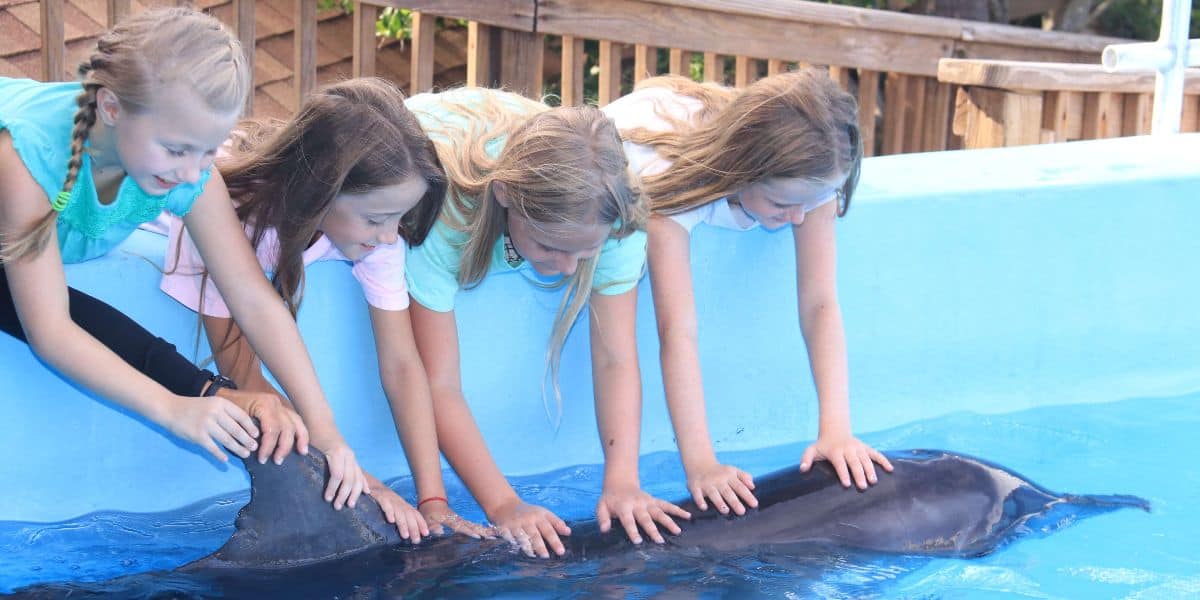
That same pathogen could also have entered the water via the cracked concrete mentioned in USDA reports, claims Wallace. The park has previously had dolphins die from the same infection. According to Wallace, treatment costs over $50,000.
Guillermo Sánchez Contreras, director of veterinary services and research at The Dolphin Company, told USA TODAY that samples have been sent to independent labs and the results are currently pending.
“As soon as the first case arose, all dolphins underwent extra veterinary checks, and additional preventive medical measures were immediately implemented,” he said. “At this time, no other members of our pod have shown any signs or symptoms of disease. Our team is grieving while we continue to provide the best care to the rest of our pod as we await answers that will help us to understand the causes of death for the ones that we have lost.”
Sánchez Contreras also added that the aforementioned issues cited in USDA reports had all since been amended at the Florida theme park.
Do you think marine mammals like dolphins should live in captivity?
The post Three Deaths Confirmed at Florida Theme Park, Experts Concerned About “Troubling” Reports appeared first on Inside the Magic.



